Artem Silkin: ‘Excessive tourism can lead to the loss of uniqueness of the island town’
The director of the Sviyazhsk Island-Town Museum-Reserve — about plans and problems
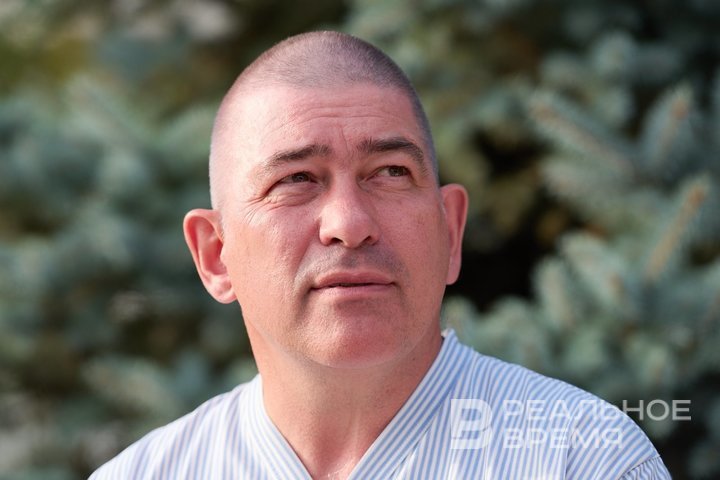
The Sviyazhsk Island-Town Museum-Reserve can receive a record number of tourists this year. If in 2023 the number of guests exceeded 1.7 million, then this figure may approach 1.8 million. In percentage terms, the flow in 2023 increased by a significant 34.4% compared to 2022. This year, the increase is still about 5%. At the same time, the museum-reserve does not set itself the goal of receiving as many tourists as possible, they try to reduce the anthropogenic load and minimise the negative aspects of increased tourist traffic. Artyom Silkin, the director of the museum-reserve, told in an interview with Realnoe Vremya why the entrance to the territory is not paid and what how urbanisation threatens the unique place.
“I would not like to lose the last”
The tourist season is in full swing. What projects will be implemented this year?
The nearest project, which is being implemented thanks to the initiative of the Republican Fund for the Revival of Historical and Cultural Monuments of the Republic of Tatarstan, is the Spiritual Unity of Russia — Message to the World festival. It takes place in two locations at once — in Bolgar and Sviyazhsk. We have come up with a three-day choral festival, a journey through the history of Russian choral sacred music. The first day is dedicated to the Grozny time, the second — to classicism, the third — to music closer to modernity (19-21st centuries). The programme includes performances by 12 choirs from different regions of Russia, as well as guests from Estonia and Serbia.
The People's Boat Festival does not take place this year, as it takes place every two years. The next one takes place in 2025. This festival has no permanent funding. We look for money for it every time. It is difficult to hold it every year without stable funding.
This year's theatre festival merges with the Sviyazhskaya Ukha gastronomic festival. It will be held in the format of a tour of street performances of the Moscow Theatre of Taste. On September 7, on the day of Sviyazhskaya Ukha, they are showing two works — Farm Tales and French Bakery. Both performances are interactive, funny and kind, with the participation of the audience.
The international festival of debut documentary films Rudnik is held this year in the format of a school of documentary animation with final screenings of students' works.
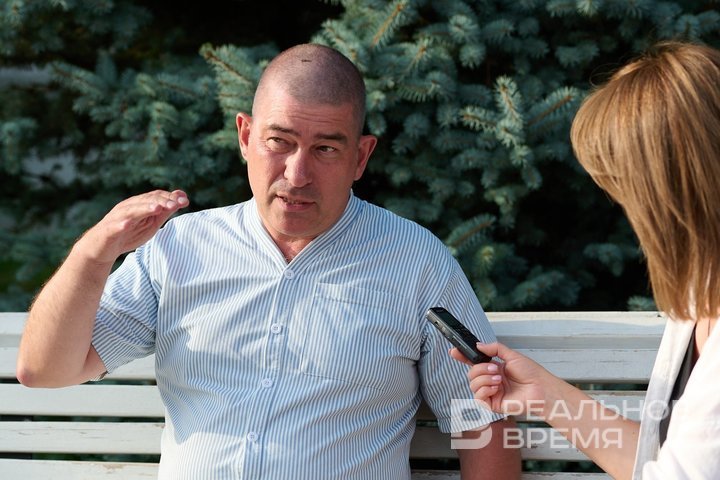
It is planned to open a River Museum on the territory of the museum-reserve in the area of the Church of Constantine and Elena. At what stage is the work on its creation being today?
Since this project does not have sustainable government funding, it is developing the way it is developing. To date, we have been given a plot of land. We are to clear a part of this territory before autumn. We will build a wooden shed-boathouse there in the style of traditional Sviyazhsk sheds, because it is forbidden to build large architectural structures here, we will place in it the collection of boats that we have. For example, a boat from the village of Sobakino. On our channel, one can watch a short film about it — The Boat of Master Vasilyev. We know that this boat was made by the master of the Zelenodolsk Shipyard. He lived in the village and built wooden boats, he had such a hobby. Plus, last year we brought a wooden boat from a Chuvash village, which is also an interesting example of folk wooden shipbuilding. All these are six-meter wooden boats, which are now located on the territory of the garage.
It is important for us to create conditions for the long-term storage of exhibits. Because we already have practically no wooden boats in the region, we would not like to lose the last ones. It will be a boathouse where we can keep at least 10 boats.
Recently, my colleagues and I have returned from a conference in the Arkhangelsk region dedicated to wooden shipbuilding, which is held by the Northern Maritime Museum. Once again, we were amazed at how alive the tradition of making and operating wooden boats is in the Russian North. It's a common thing there. A huge number of craftsmen still build boats. But how quickly we have lost this tradition here on the Volga!
During the discussion, an interesting question was raised — why actually preserve this tradition, when it seems that a wooden boat is not needed, there is a plastic or metal one. In fact, as I believe, and so do many of my colleagues, the skill of hand-made wooden craft — it also has a great educational moment. In Kenozersky Park, for example, there is a carpentry site, where young people, instead of hanging out on the street, master carpentry, including boat making.
We have a dream of creating a wooden shipbuilding site in Sviyazhsk. Everything depends on people. Because if it is not difficult to create such a site in the North of Russia, there are a lot of handy people who know carpentry, including boat making. Our situation is different: if there are still carpenters, then unfortunately there are simply no people who can make boats. There are some isolated enthusiasts left, people build flat-bottomed boats in the villages, but this is a slightly different story. But we are not abandoning this idea, we will look further. We would like such a master to work with us so that people can come and do something with their hands. So far, our employee Pavel Tinyaev is engaged in the construction of boats. Besides, it will help to keep the young people who live in the district occupied. The problem of leisure time for young people is still relevant. It's not about making money, sometimes people just need to do something creative. Especially carpentry — it is always useful to a person.
There is also a project of landing stage museumification, the creation of an exhibition dedicated to people of river professions and the landing stages themselves. How are the works progressing?
This year, funds have been allocated for the implementation of the museumification project. A thematic and exposition plan will be developed, then an engineering project will be developed and we will move on gradually. The timing depends only on the financing. This is directly proportional to what funds the state will allocate. The volunteers of Tom Sawyer Fest did a great job, for which we thank them very much. The sponsors also helped us, in addition, we fixed the concrete float itself at our own expense. But in general, this project cannot be implemented without state support. If everything goes well, the nearest opening date for the exhibition is in two years. And the River Museum will require even more time, it is a fairly large area that requires investments, we will solve the tasks consistently.
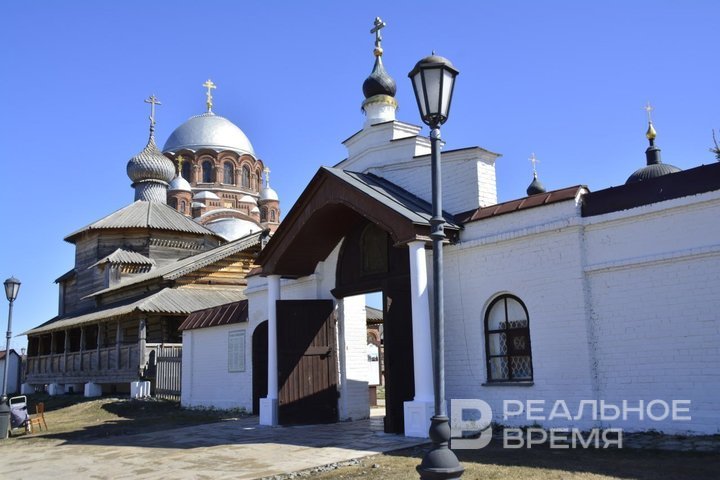
How is the infrastructure developing in Sviyazhsk? What is being created to increase the comfort of visitors?
The main problem of Sviyazhsk today is that the infrastructure is lagging behind the number of tourists visiting it. One can often hear victorious reports that the tourist flow is increasing, this causes some euphoria, however, we believe that there are ambiguous processes in this, because the quality of services that incoming tourists receive, over time, if we talk about infrastructure, only worsens.
Take our parking lot alone. It does not comply with absolutely any security measures. There, there is hardly any space for parking, people stand on the helipad, on the dam, on the sidewalks. At the same time, due to some interdepartmental misunderstandings, the intercepting parking has been idle for the eighth year, the site still cannot be transferred to the museum-reserve. This issue is still unresolved. We really hope that an interdepartmental coordinating committee will finally be established, which should systematically address issues related to the sustainable development of Sviyazhsk. The creation of this body is laid down in the Sviyazhsk management plan as a buffer zone of the World Heritage Site, but the committee has not been established.
Fortunately, one issue that greatly worried the visitors was resolved a couple of weeks ago. We are talking about toilets. Finally, municipal toilets opened. This greatly relieved the situation in this area.
“Sviyazhsk is a point of attraction”
Will hotels be built in Sviyazhsk? Are you interested in tourists staying for a few days?
In Sviyazhsk itself, the construction of hotels is prohibited, and I would not like this prohibition to be violated. UNESCO is directly against the adaptation of any housing for tourist purposes. Based on their many years of experience, they recommend from this point of view not to develop the facility itself, but to create accommodation facilities in a wide buffer zone, in a 20-kilometre zone. Now there are only a few points of tourism development near us — this is the Sviyaga base and the Tatar Village complex, which by and large depends on the Sviyazhsky tourist flow. If we talk about housing, we are faced with that some citizens or investors buy several apartments in Sviyazhsk, accommodate tourists there using the Airbnb model, but on this basis conflicts with local residents constantly arise. The thing is that these are ordinary residential buildings, and for some tourists, the concept of “cultural recreation” means to pull a barbecue out of the trunk, put it in front of the entrance, light a fire there and rest all night. Of course, the neighbours are unhappy and call the police, write to the settlement chat, to me. In my opinion, this is a travel business with a minus sign. This is an absolutely uncivilised option. Indeed, it is necessary to think about normal accommodation facilities in the vicinity of Sviyazhsk. Now, in fact, there is no such thing.
In fact, Sviyazhsk is a huge chance for the territory in terms of the development of tourist clusters in the vicinity of Sviyazhsk. Sviyazhsk is a point of attraction, and we need to think not in the direction of how many more hundreds of thousands or millions of tourists to attract, but in the direction of bringing the tourist infrastructure into line and developing points of attraction in the buffer zone. Because the infrastructure that exists today in Sviyazhsk itself is designed for a tourist flow of about 60,000 tourists a year, but we have 1,800,000. As they say, feel the difference.
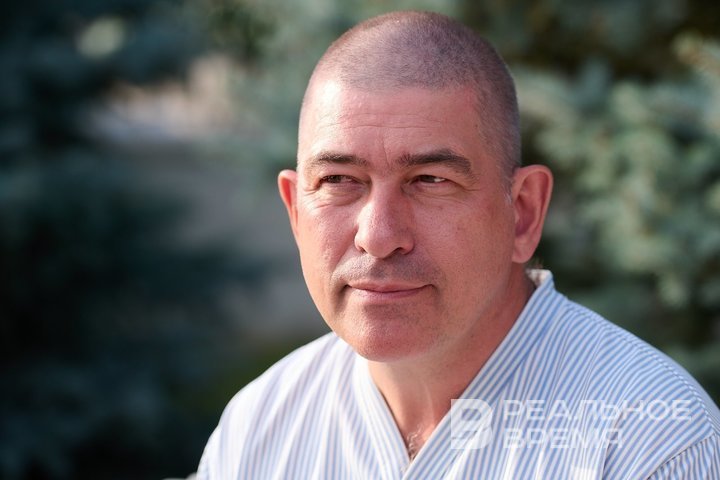
“It is impossible to leave everything as it is and increase the tourist flow endlessly”
Crowds of tourists often interfere with each other. Is it possible to regulate the flows somehow?
Here we need a balance. You want to see Sviyazhsk, I want to see Sviyazhsk, people from other cities want to see Sviyazhsk. To make a reserve, put up a lock and say that we let 200 people in a day would be stupid. The main number of interested persons should be given the opportunity to get acquainted with the museum-reserve. But Sviyazhsk should develop exclusively as a centre of cultural and historical tourism. I am against its development as a centre of tourism related to active recreation, that is, I do not see jet skis, beaches or even bicycles there. Take, for example, today: there were about 8 thousand people on the island at once, which means that any vehicle — a bicycle or a golf cart — carries an increased danger, because people are walking in a very dense stream. Therefore, I think that Sviyazhsk is exclusively a place for walking and for quiet cultural and educational tourism with visits to museums and monasteries.
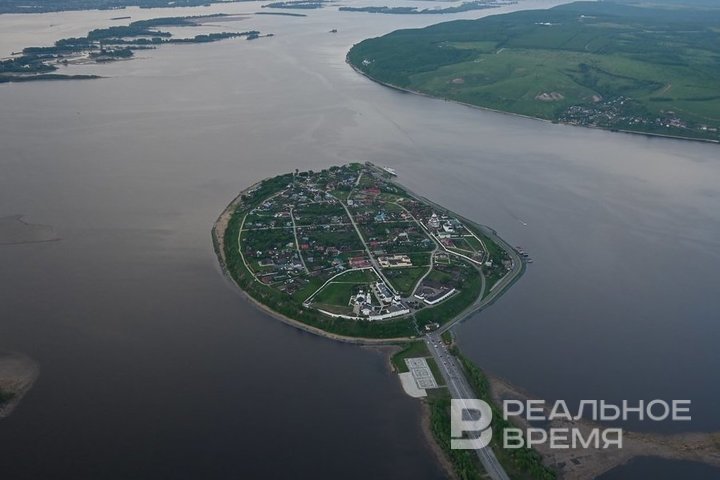
There are different methods of regulating tourist flows. For example, financial cut-off, that is, the introduction of a fee for entering the territory. But we have an agreement with the diocese. The church today is against people paying for admission. The main argument is that this may limit the rights of believers to access Orthodox sites. There is such a position, and we respect it, as we work closely, hand in hand, with the Tatarstan Metropolis.
Another method of regulation could be to raise the check, but this is a complex topic. If you increase the receipt in establishments with an increase in quality, of course, or increase the quality and cost of souvenirs, then this will become inaccessible to a huge number of the audience. But at the same time, it is impossible to leave everything as it is and increase the tourist flow endlessly. If we had a dozen other tourist sites in the area, it would partially solve the problem.
Another problems is urbanisation, which is catching up with us. We would like to preserve the buffer zone of the UNESCO site in the form in which it currently resides. But even now we can see how it is undergoing changes. For several years in a row, residents of Sviyazhsk had the “pleasure” of watching the glow over greenhouses on the other side of the Volga, when half of the sky is burning red. It is very clearly visible against the background of the night. Generally speaking, this is considered light pollution in the world, but we have not yet reached an understanding of this. On the other hand, there is pressure from the logistics centre, there is always some new construction going on there. It is not visible from Sviyazhsk yet, but it is getting closer and closer. Innopolis also has its own development plans. So far we have a beautiful clean river bank, which is endlessly painted by artists, and it is very good that it is the way it is. But business has a different idea of beauty. They always want to do something, build something, and this is normal, but we must understand that we all need to preserve the untouched corners, because that's what attracts them. If there is a development of viewpoints around Sviyazhsk, then the value of Sviyazhsk as a cultural landscape will decrease dramatically.
A person comes to Sviyazhsk, it seems to me, firstly, to get aesthetic pleasure from the landscape, the main advantage of Sviyazhsk is its unique landscape characteristics. Plus historical and cultural Sviyazhsk stories that give a thinking person the opportunity to reflect on their place in the world.